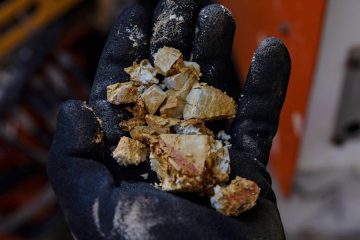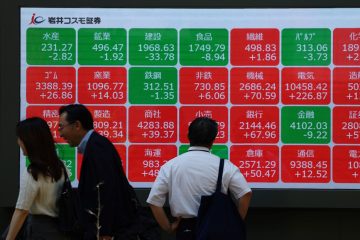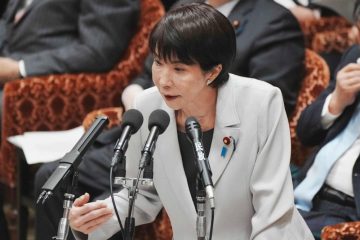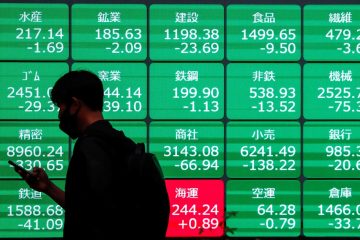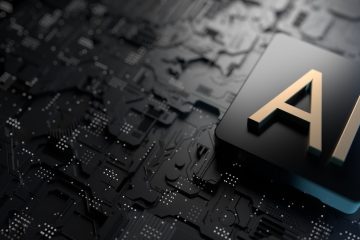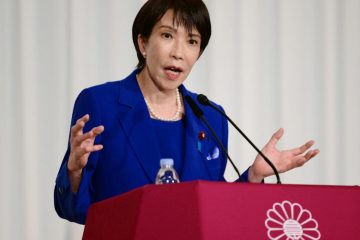| Symbol | Last | Change | % | High | Low |
|---|---|---|---|---|---|
| CAD / JPY | 113.10 | +0.14 | +0.12% | 0.00 | 0.00 |
| Close | GMT Time : Sat Dec 13 2025 00:14 | ||||
CAD/JPY : Intraday Live Chart
CAD/JPY : Technical Signal Buy & Sell
| 5 Min Signal | 1 Hour Signal | 1 Day Signal |
|---|---|---|
| Buy | Buy | Buy |
CAD/JPY : Moving Averages
| Period | MA 20 | MA 50 | MA 100 |
|---|---|---|---|
| 5 Minutes | 113.17 | 113.16 | 113.17 |
| 1 Hour | 113.15 | 112.98 | 112.94 |
| 1 Day | 111.81 | 110.65 | 108.94 |
| 1 Week | 108.43 | 107.07 | 108.74 |
CAD/JPY : Technical Resistance Level
| Resistance 1 - R1 | Resistance 2 - R2 | Resistance 3 - r3 |
|---|---|---|
| 0.00 | 0.00 | 0.00 |
CAD/JPY : Technical Support Level
| Support 1 - S1 | Support 2 - S2 | Support 3 - S3 |
|---|---|---|
| 0.00 | 0.00 | 0.00 |
CAD/JPY : Periodical High, Low & Average
| Period | High Change from Last | Low Change from Last | Average Change from Last |
|---|---|---|---|
| 1 Week | 113.33 -0.23 | 0.00 +113.10 | 112.75 +0.35 |
| 1 Month | 113.33 -0.23 | 0.00 +113.10 | 111.50 +1.60 |
| 3 Month | 113.33 -0.23 | 0.00 +113.10 | 109.18 +3.92 |
| 6 Month | 113.33 -0.23 | 0.00 +113.10 | 107.45 +5.65 |
| 1 Year | 113.33 -0.23 | 0.00 +113.10 | 106.26 +6.84 |
CAD/JPY : Historical Chart
CAD to JPY Exchange Rate History: Energy Strength vs. Deflationary Stability
The CAD to JPY exchange rate is a classic example of a currency pair influenced by contrasting macroeconomic dynamics. The Canadian dollar, closely tied to oil and commodities, often reflects global demand cycles, while the Japanese yen is traditionally seen as a safe-haven currency, strengthened by capital inflows during global uncertainty. The interplay between Canada’s resource-driven economy and Japan’s low-yield, export-oriented policy has created distinctive trends over the decades.
1990s: A Strong Yen Era
In the 1990s, the Japanese yen remained exceptionally strong, driven by:
Japan’s massive trade surpluses.
Global capital inflows into Japan amid its economic leadership.
CAD/JPY fell steadily:
From around 95 in 1990 to as low as 65 by 1995.
Japan’s persistent deflation and Canada’s fiscal austerity also contributed to CAD underperformance.
This decade marked the beginning of Japan’s “Lost Decade”, while Canada was still emerging from early ’90s recession.
2000–2008: Commodity Surge Lifts CAD
The early 2000s saw a reversal, with CAD gaining strength as oil and metals surged globally.
Japan, meanwhile, continued its ultra-loose monetary policy, keeping the yen weak in real terms.
CAD/JPY climbed:
From 76 in 2002 to nearly 125 by 2007, the highest level in two decades.
This rally was largely due to:
Booming commodity exports from Canada.
Massive carry trades, where investors borrowed yen at low rates to invest in higher-yield CAD assets.
2009–2012: Post-Lehman Yen Strength
Following the 2008 financial crisis, global investors sought safety, and the yen surged:
CAD/JPY collapsed from 120+ to below 80 in 2009.
Despite Canada’s relatively strong recovery:
The Bank of Japan (BoJ) interventions didn’t weaken the yen effectively.
CAD/JPY remained suppressed in the 80–90 range for most of this period.
Japan’s deflation, global risk aversion, and QE policies distorted traditional currency behavior.
2013–2019: Abenomics and New Dynamics
The Abenomics era brought structural changes:
Massive monetary easing by the BoJ weakened the yen considerably.
CAD/JPY rose again, stabilizing in the 85–95 range.
Key events:
Japan introduced negative interest rates in 2016.
Canada began modest rate hikes in the late 2010s, favoring CAD carry trade appeal.
However, weak oil prices and moderate Canadian GDP growth capped CAD’s upside.
2020–2024: Volatility, Inflation, and Monetary Divergence
During COVID-19 and its aftermath:
CAD saw sharp swings due to oil market shocks.
Japan maintained its ultra-loose policy, keeping interest rates near zero, even as other central banks tightened.
CAD/JPY fluctuated:
From 75 in 2020 to above 110 in 2022.
Highlights:
In 2022–2023, the Bank of Canada aggressively raised rates to combat inflation.
The yen weakened sharply due to BoJ’s refusal to hike rates—creating one of the widest interest rate differentials in G7 currencies.
As of April 2025, CAD/JPY trades around 111.25, close to post-pandemic highs.
✅ Key
🟢 = CAD appreciated vs JPY
❌ = CAD depreciated vs JPY
⚠️ = Mixed / Volatile
📊 CAD to JPY Exchange Rate by Decade
| Decade | Avg. CAD/JPY Rate (Approx) | Change vs. Previous Decade | Key Events |
|---|---|---|---|
| 1990s | 65 – 90 | ❌ CAD depreciation | Strong yen, Japan’s trade surpluses, Canadian fiscal tightening |
| 2000s | 76 → 125 (peak) | 🟢 CAD appreciation | Oil boom, carry trade flows, weak yen |
| 2010s | 80 – 95 | ⚠️ Mixed | Abenomics, oil price volatility, BoJ QE |
| 2020s (till 2025) | 75 – 111 | 🟢 CAD strong rally | BoC rate hikes, BoJ dovishness, global inflation impact |
The CAD to JPY exchange rate offers insight into the tug-of-war between inflationary, commodity-driven Canada and deflation-prone Japan. As interest rate divergence continues in 2025, CAD/JPY remains sensitive to global bond yields, oil prices, and any signs of policy shifts from the historically dovish Bank of Japan.
CAD/JPY - Canadian Dollar / Japanese Yen Currency Rate
Live Price of CAD/JPY. CAD/JPY Live Chart, Intraday & Historical Live Chart, Buy Sell Signal, CAD/JPY News, CAD/JPY Averages, Returns & Historical Data
» CAD/JPY
» CAD/JPY Real Time Quotes
» CAD/JPY Live Chart
» CAD/JPY Intraday Chart
» CAD/JPY Historical Chart
» CAD/JPY Buy Sell Signal
» CAD/JPY News
» CAD/JPY Videos
» CAD/JPY Averages
» CAD/JPY Currency Pair
» CAD/JPY Historical Data

